I had asked my mum for her Chinese five-spice braised beef recipe probably a good ten years ago if not longer. I used to make it a lot but eased up the past few years as I tried to eat more healthy. I had a craving for it the other day so marched on down to my favorite butcher shop Drewes Bros. Meats (which also happens to be around the corner from me – how convenient!) to buy some meat. They offer high-quality meats and seafood.
In the past, I’d buy all my meat at Ranch 99, Costco, and Safeway since it was so cheap. However, a number of years ago, I started to educate myself on grass-fed vs corn-fed and antibiotic vs antibiotic-free and factory feedlots vs pasture. Can we say yikes! At that point, I realized that I needed to pick and choose the type of meat I bought.
Since I cook a lot of Chinese food, I preferred going to the Chinese market for a lot of my meats because the cuts I need can be slightly different at an Asian versus non-Asian market. For example, I make this “1-2-3-4-5” ribs dish (I”ll blog about it in a future post) but I like to use ribs that are cut into much smaller bite sized pieces. Or the non-Asian market may not offer what I’m looking for (e.g. beef tendon). The great thing about a butcher shop such as Drewes is the owner has told me that he can basically get anything I need usually within a day or two depending on when I request it. And they can cut the meat any way I want.
At Drewes, I told what I was making and asked them what cut I should use. I tried to explain the cut I usually got at the Asian market (“it’s cut relatively thin, long, can have this casing on it, and they roll it up“, fully admitting I didn’t know what it was called. They called out a few different cuts and I just gave them a blank stare. I guess I was hoping they’d magically know what I meant. They were polite and suggested I find out what the cut was and let them know. I ended up choosing the beef brisket and got 3lbs worth.
I also had bought a daikon from the San Rafael farmers market the previous weekend so decided to add that to the mix.
The brisket was a bit larger than I’d normally use but thought if I was going to have this braise for over 2 hours, I’d like to have some leftovers for lunch.
Ingredients
2-3lb beef brisket
3-4 large slices of ginger
1 C water
1 large daikon
marinade
2 tsp five-spice powder
2 anise
1 tsp Chinese cooking wine
2 tsp light soy sauce
2 tsp dark soy sauce
1 tsp sugar
1 tsp oyster sauce
Boil water in a pot. This will be used to blanch the meat to remove excess fat.
Prepare marinade. In a small bowl, add 2tsp five-spice powder.
Add 2 pieces of anise.
Next comes 1 tsp Chinese cooking wine.
Add 2 tsp each light and dark soy sauces.
Add 1 tsp sugar.
Add 1 tsp oyster sauce. Psst, this is my go-to brand.
Mix all marinade ingredients together. Set aside.
Peel the daikon and cut into thick discs. Set aside.
Cut the meat into 2″x2″ chunks.
Once the water is boiling, drop the beefs chunks into the water. Leave for about 30 seconds then remove to a separate plate. You will probably have to do this in batches unless you have a huge pot.
Take another pot (or wok) and heat it up over high. Add a bit of canola oil. Cut 3-4 large slices of ginger and add to the pot. Brown the beef. Do in batches if necessary. Don’t try to cram it all in the pot.
Add marinade to the pot and mix together.
Add approximately 1 C of water to the pot and stir.
Add daikon to pot.
Bring to a slow simmer and cover pot. Check periodically and give meat a quick stir. If it looks like the water is evaporating too fast (fast simmer happening?), adjust your temperature down (make sure to maintain slow simmer) and add a bit of water. Braise for at least 2 hours.
Once done, separate the meat from the sauce. Once cooled, place the sauce in the fridge for a few hours to harden. Scrape off the layer of fat. Re-add sauce to the meat.
Here are the results.
The meat was tender and not dry which was my biggest concern. Anna thought it could a bit more salt so I added 1 tbsp each light and dark soy sauce to the pot after it was cooked and mixed in. That seemed to work. I felt it needed to have another texture other than pure meat with every bite so next time I’ll add beef tendon . I also would like to experiment and maybe use a blend of meat like brisket, cheek, and/or shank and see how that works. I also think I could add the daikon in towards the end; maybe at the 1 or 1 1/2 hour mark. They were good but a little too soft and broke up too easily. Finally I think I will adjust the marinade ingredient measurements and see how the taste changes.
Overall, I’d make this dish again as I prepared it but will be experimenting as outlined above.
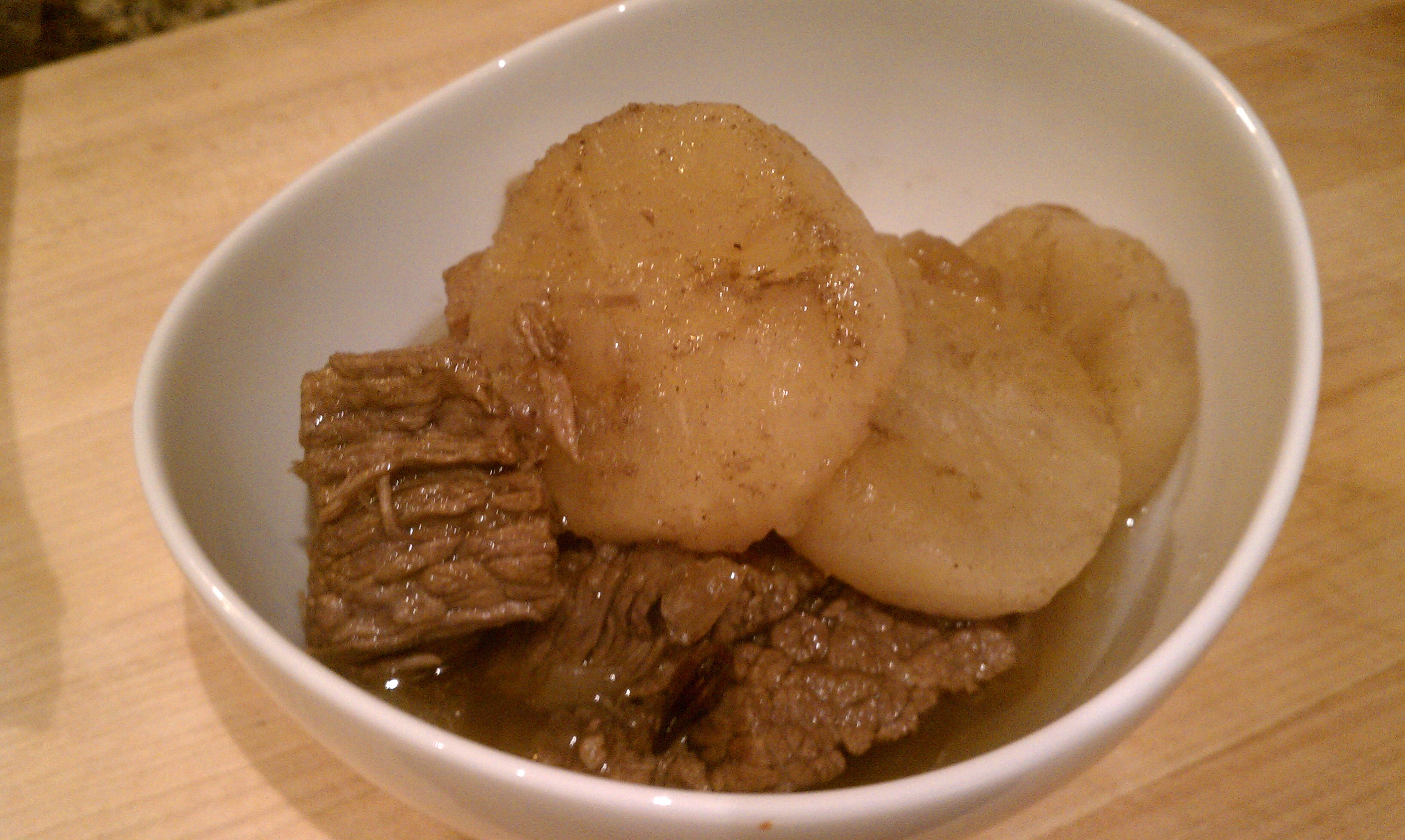
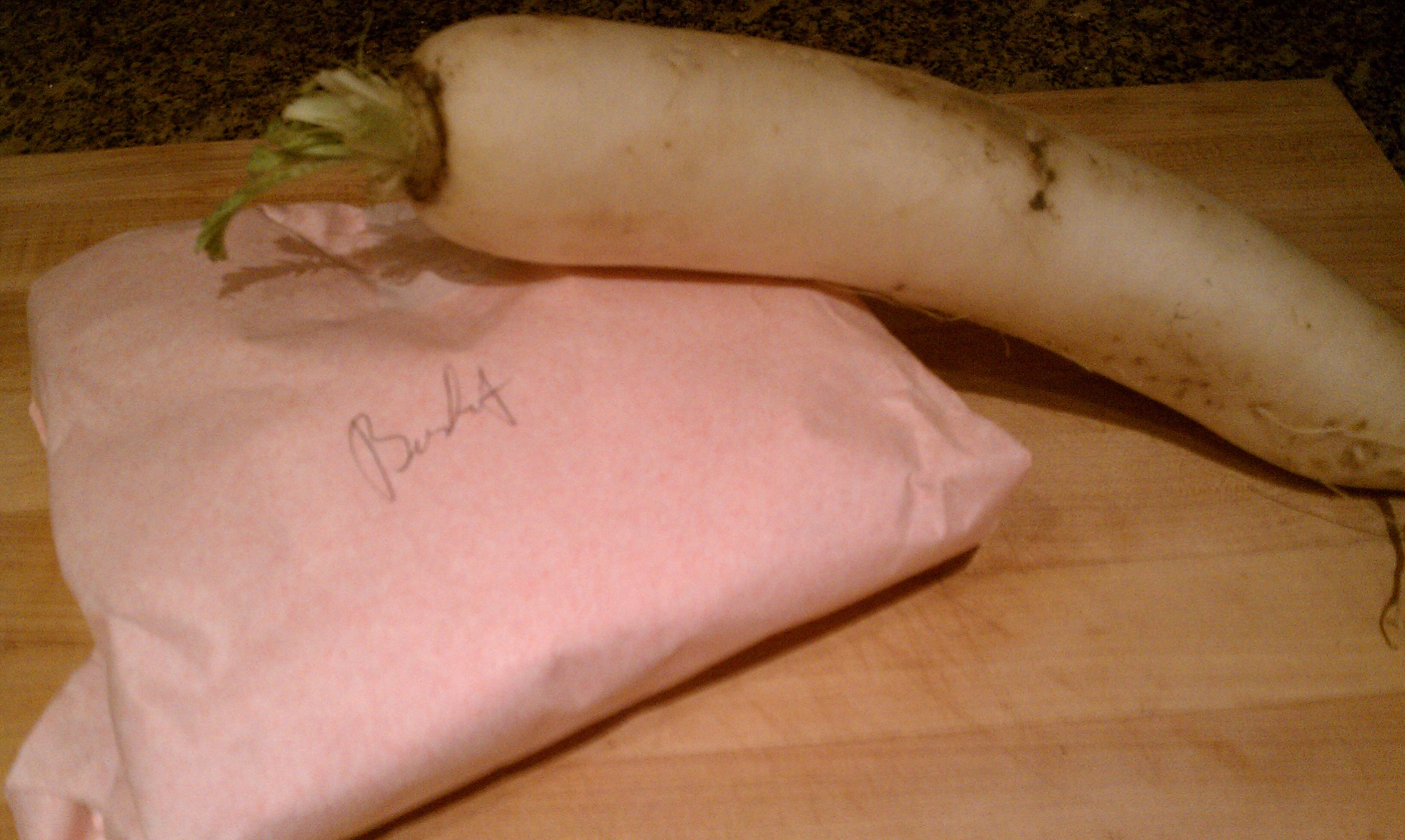
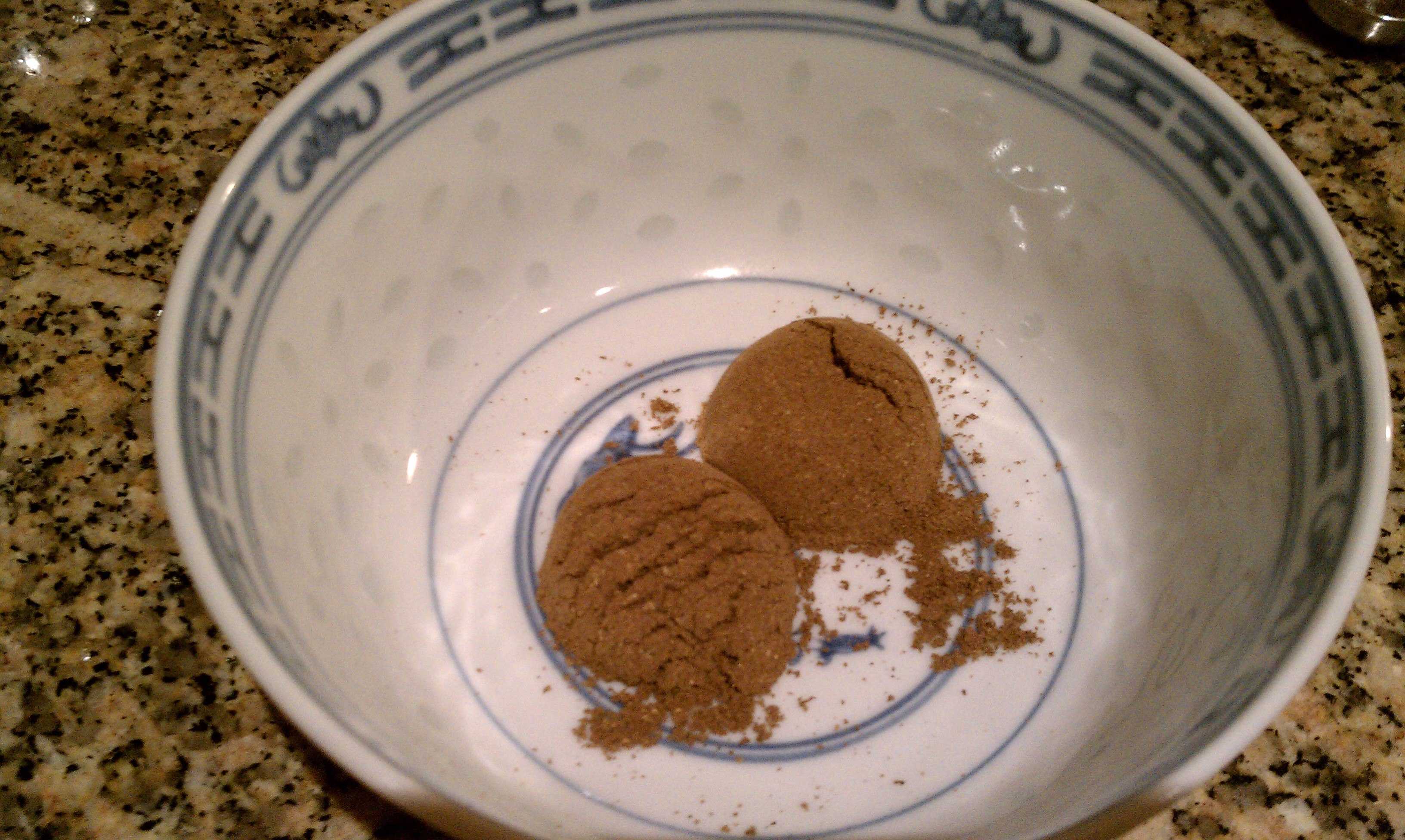
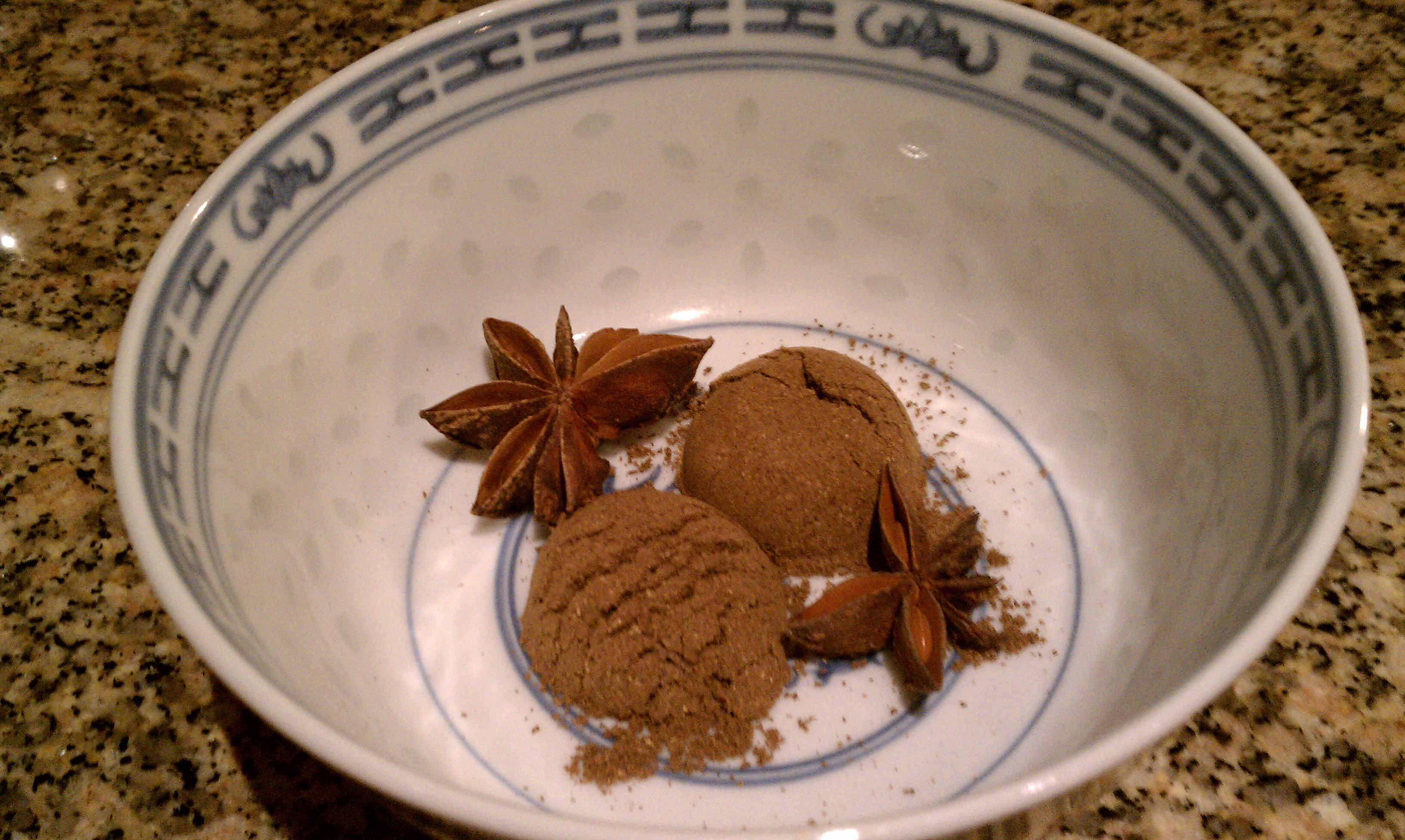
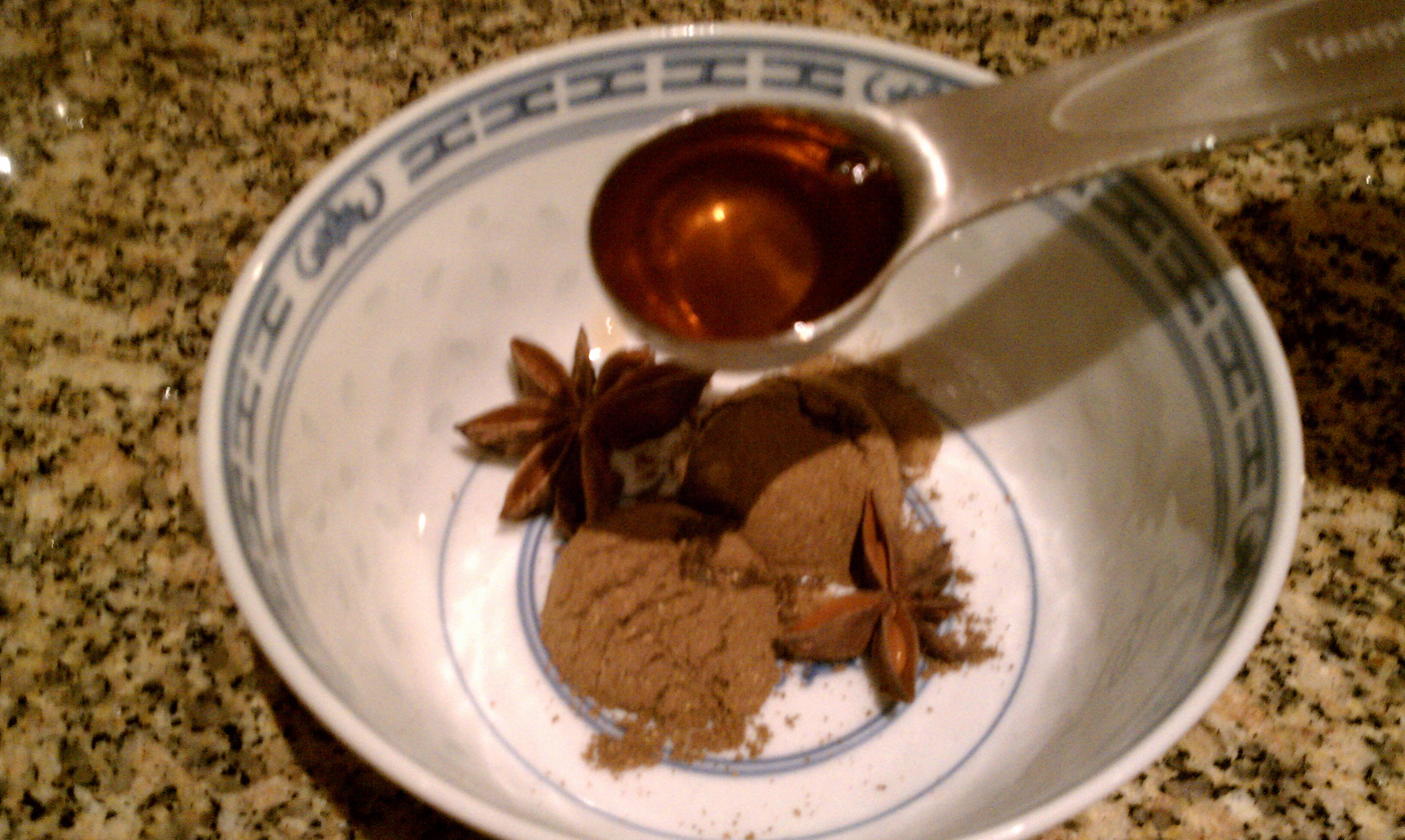
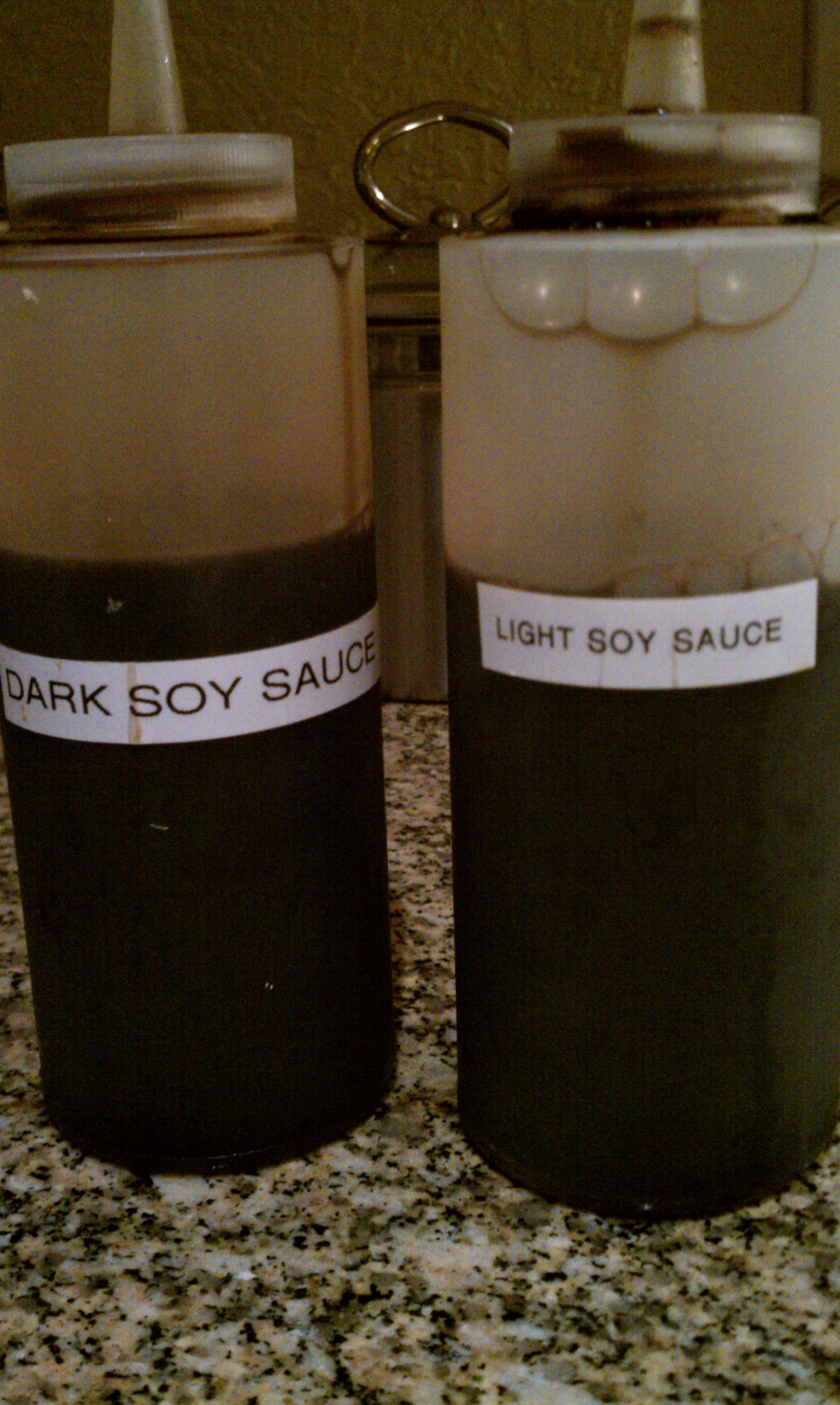
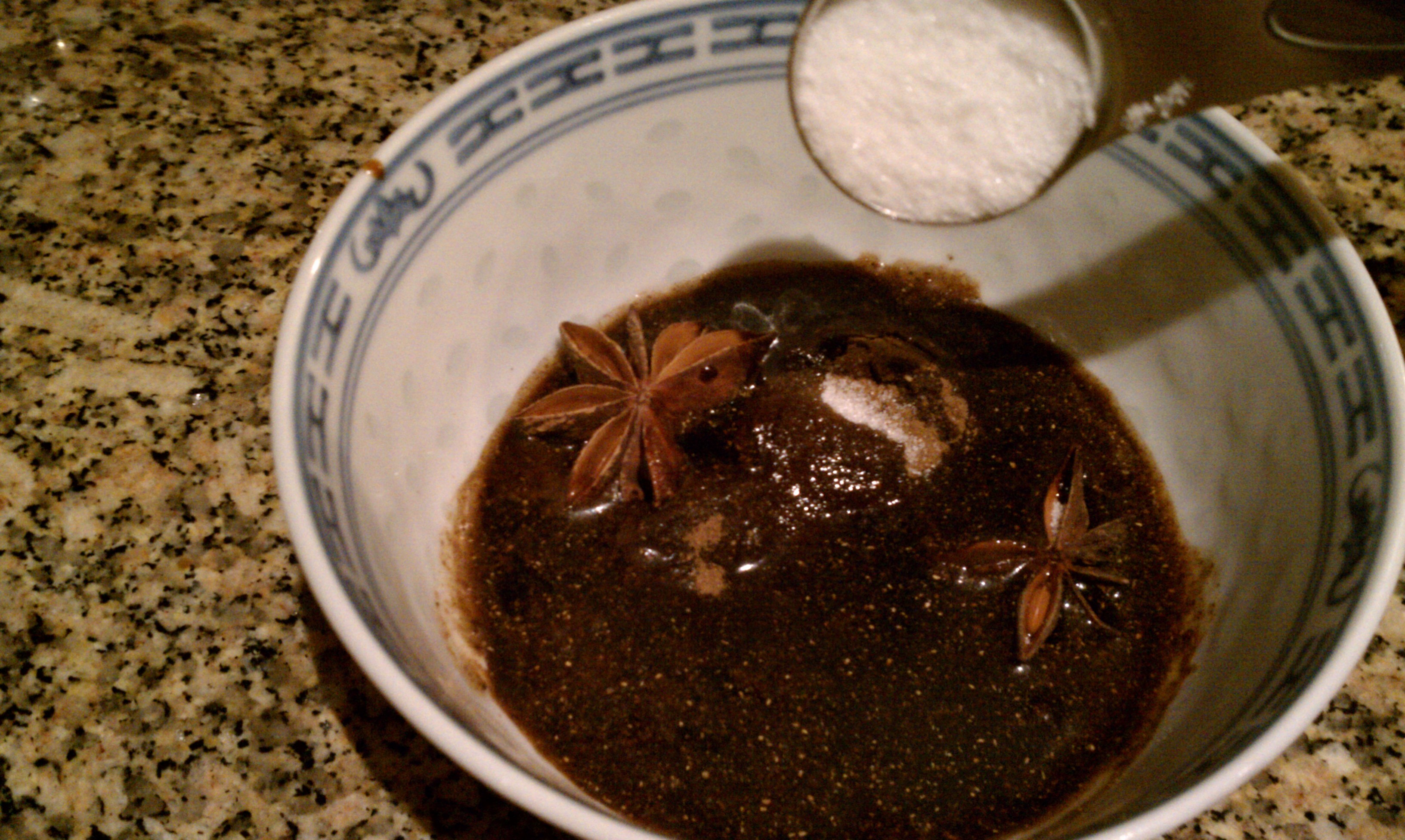
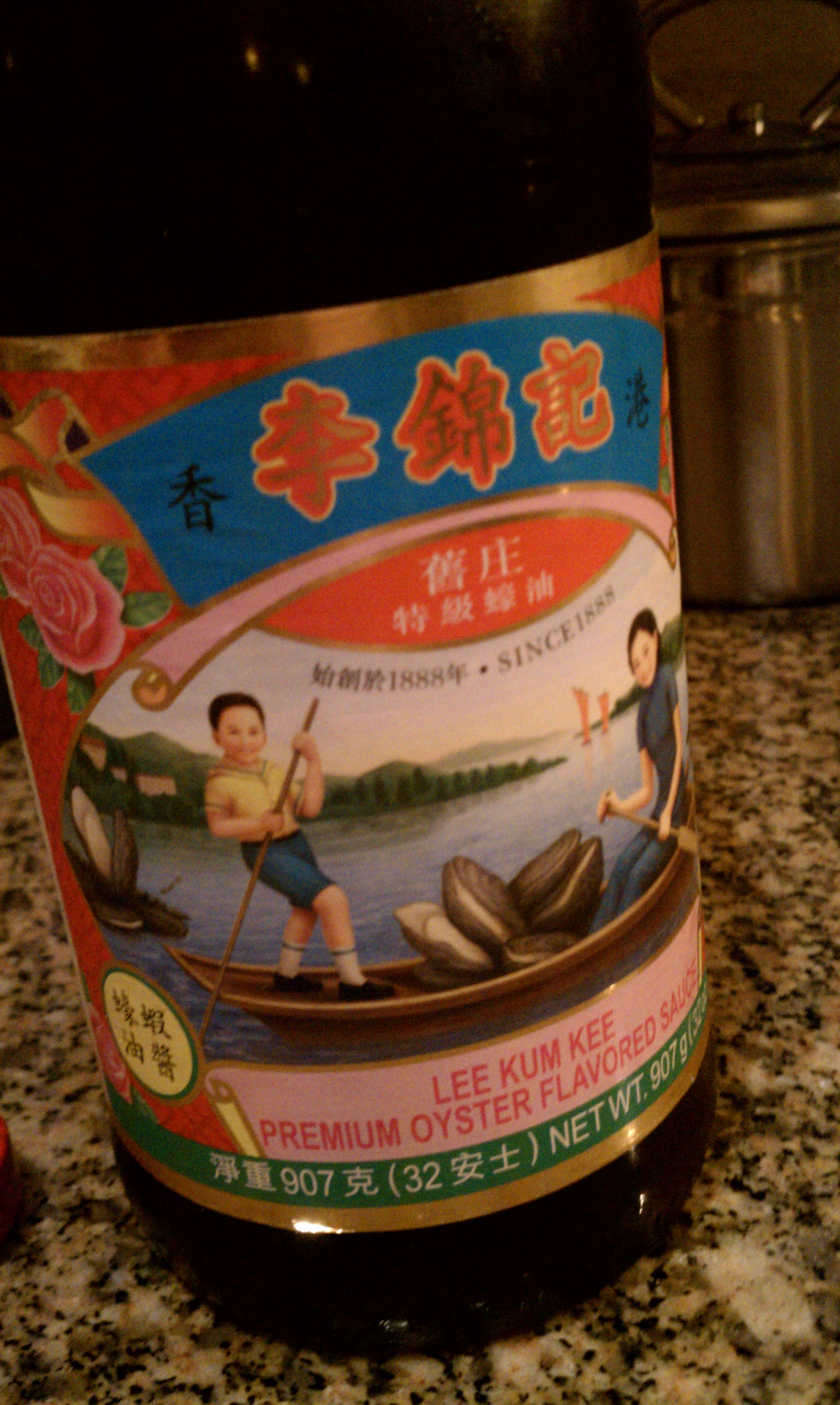
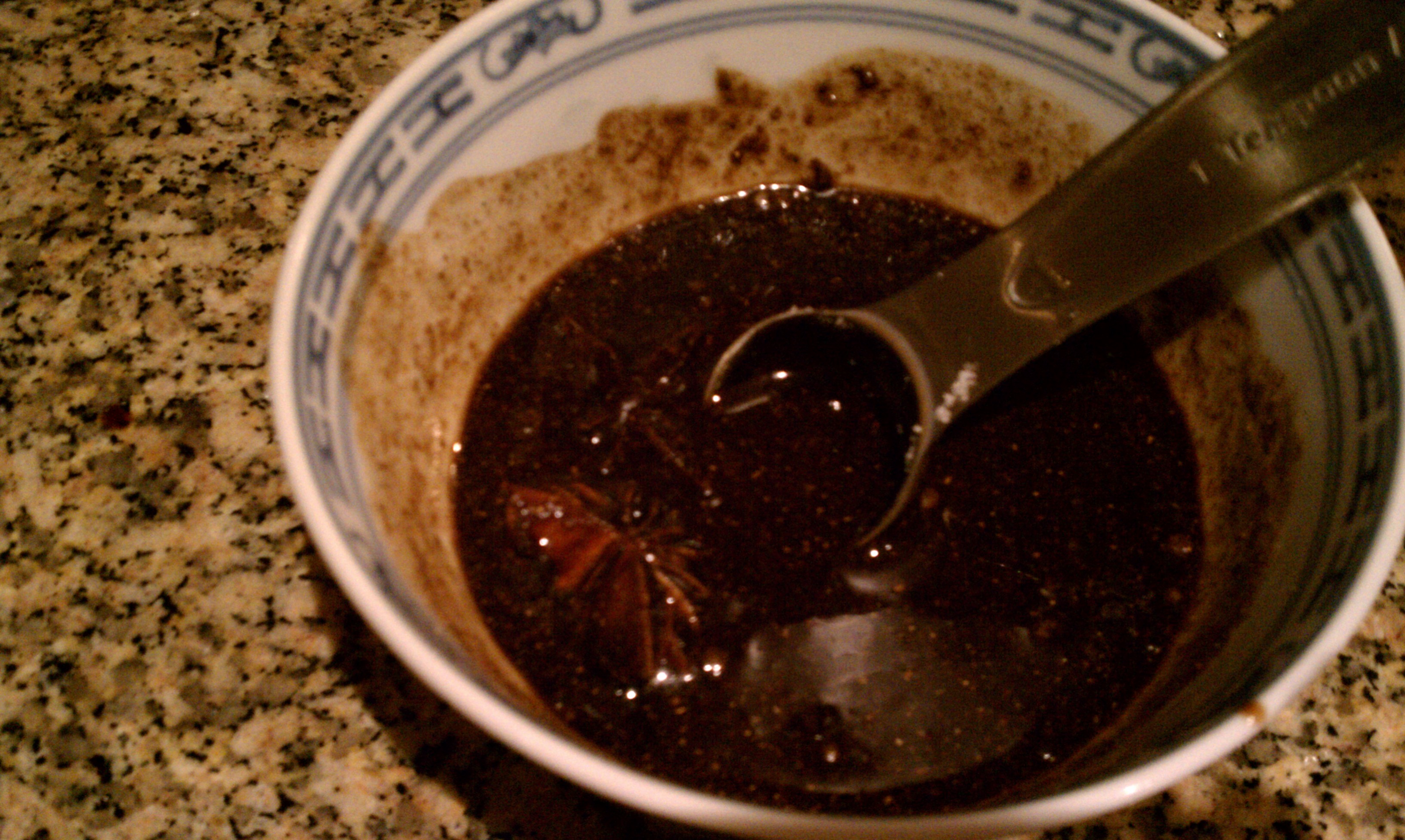
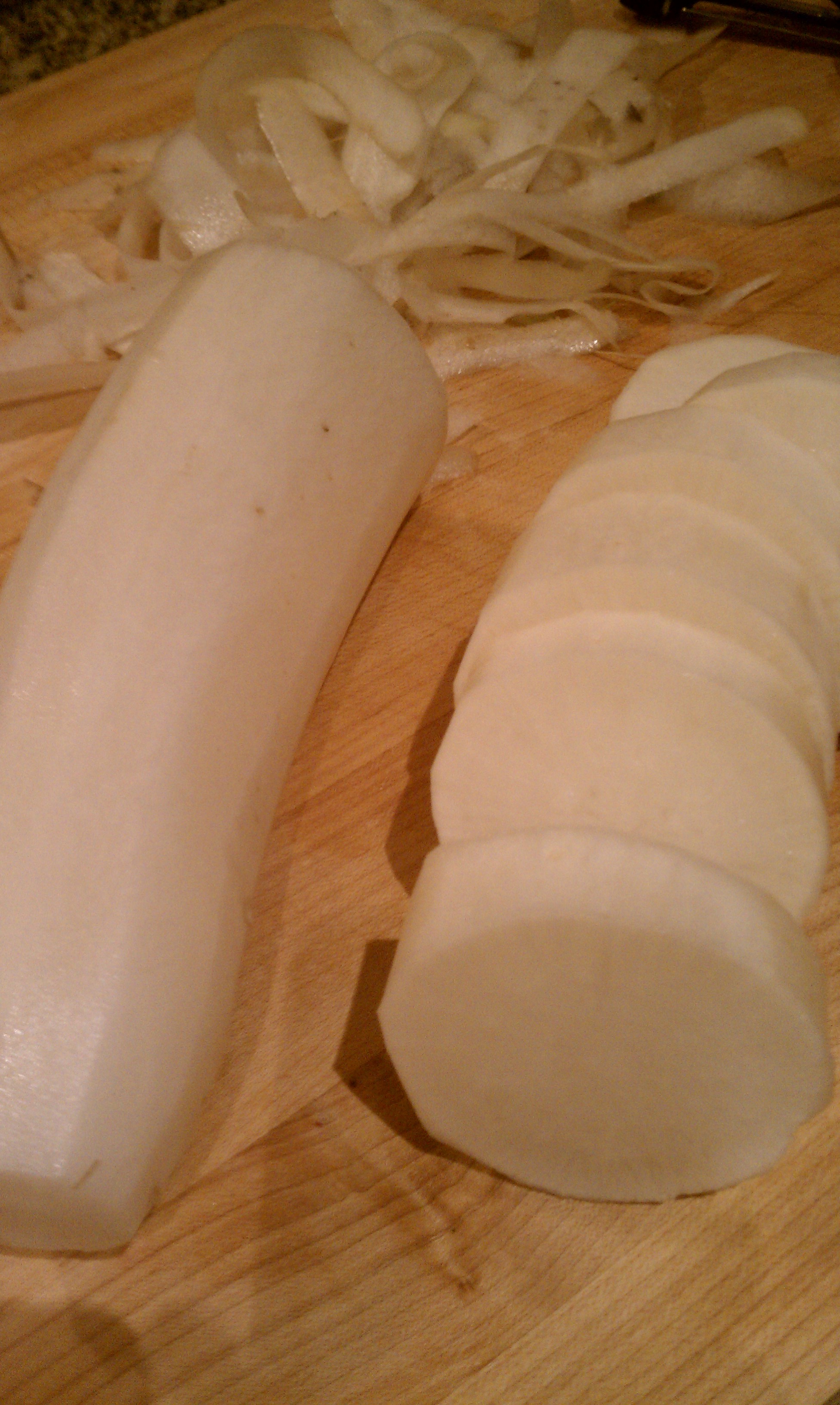
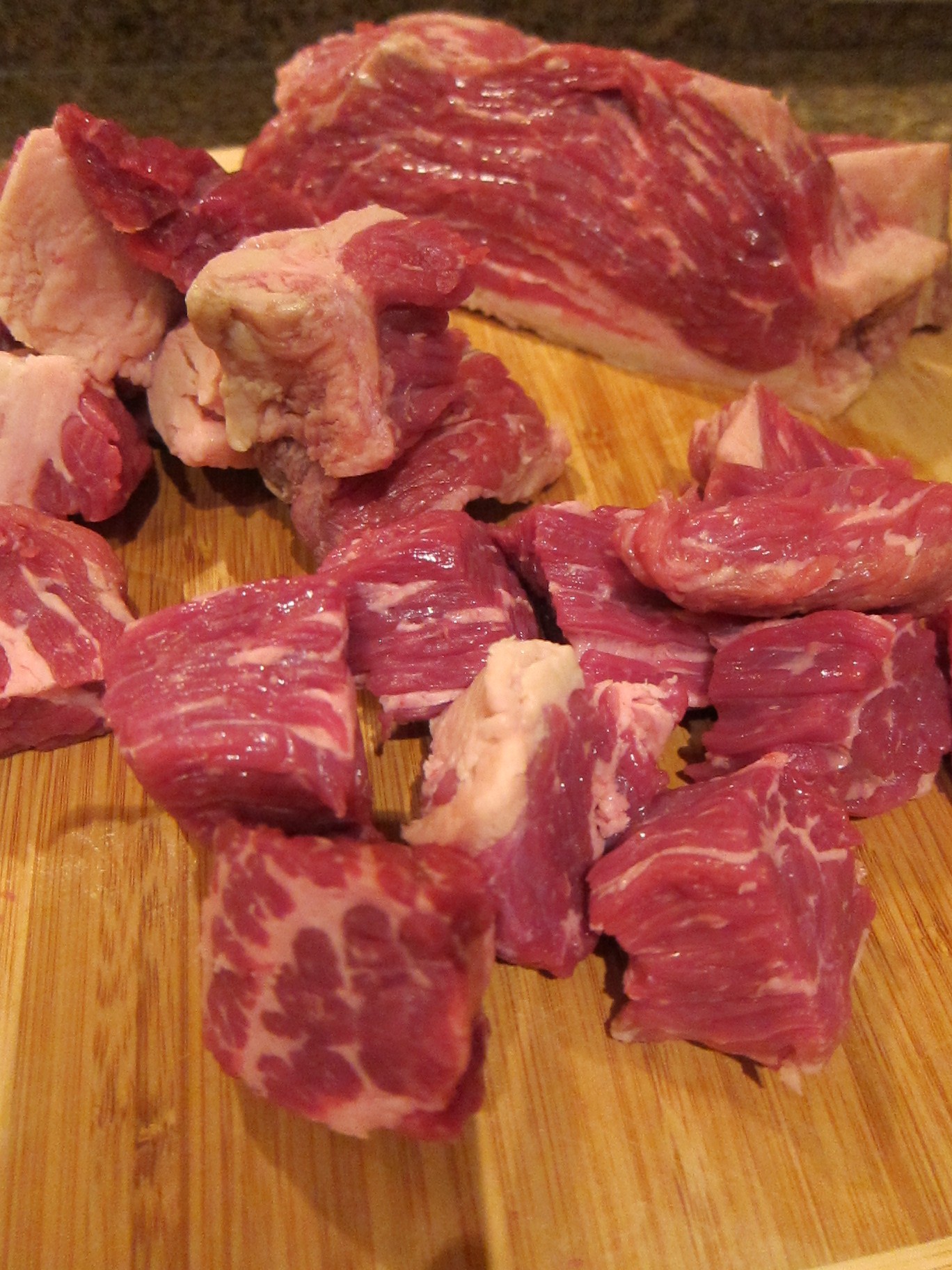
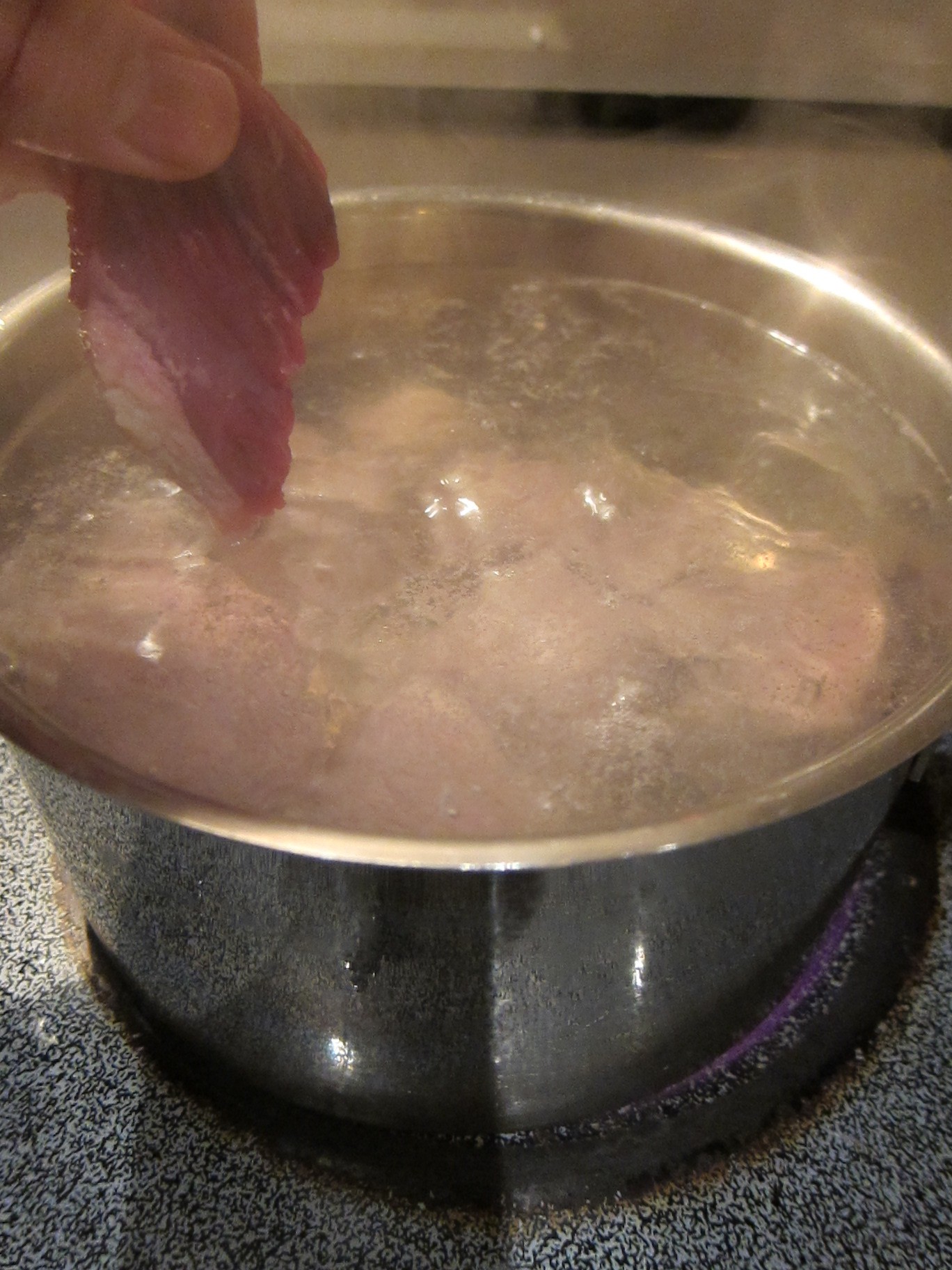
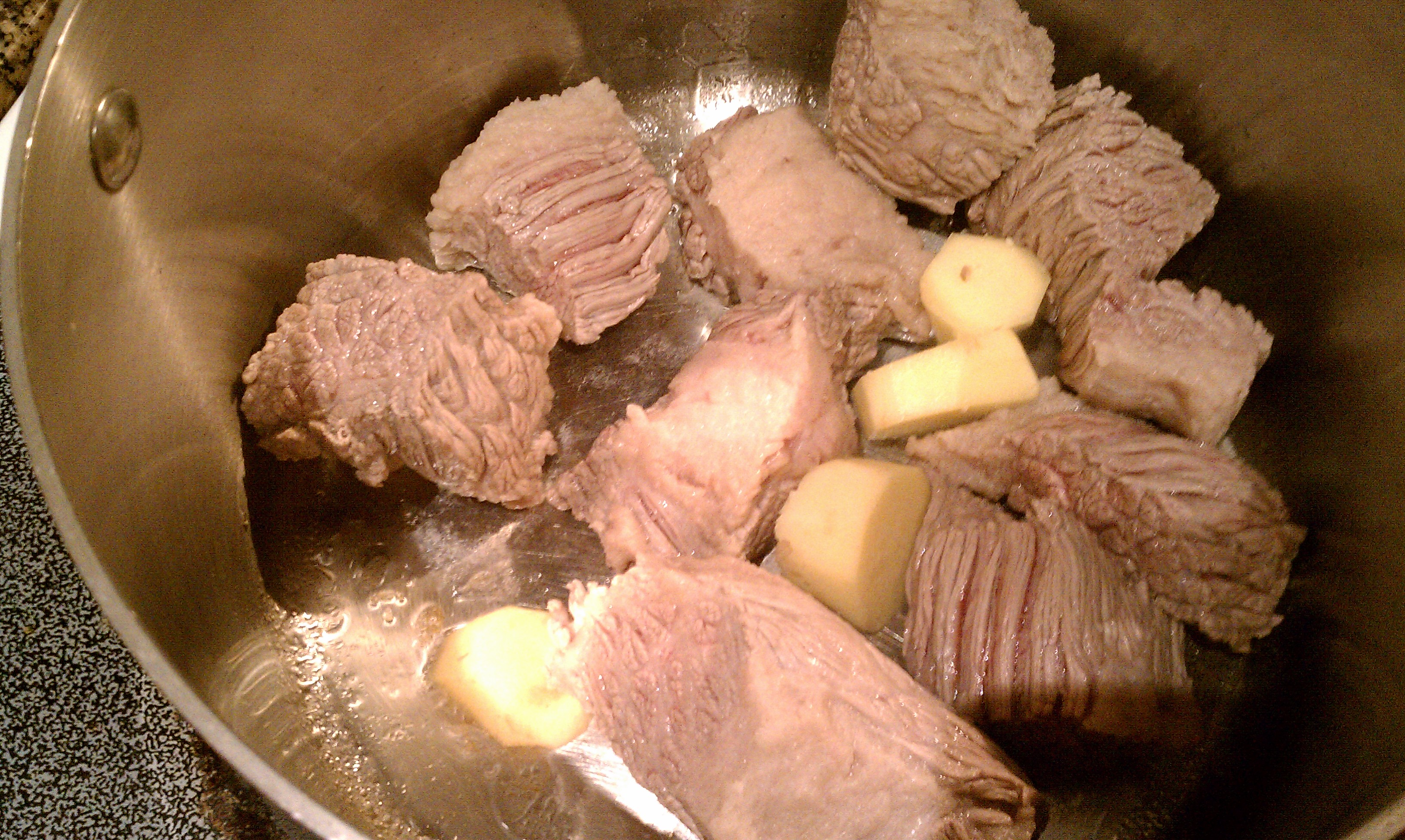
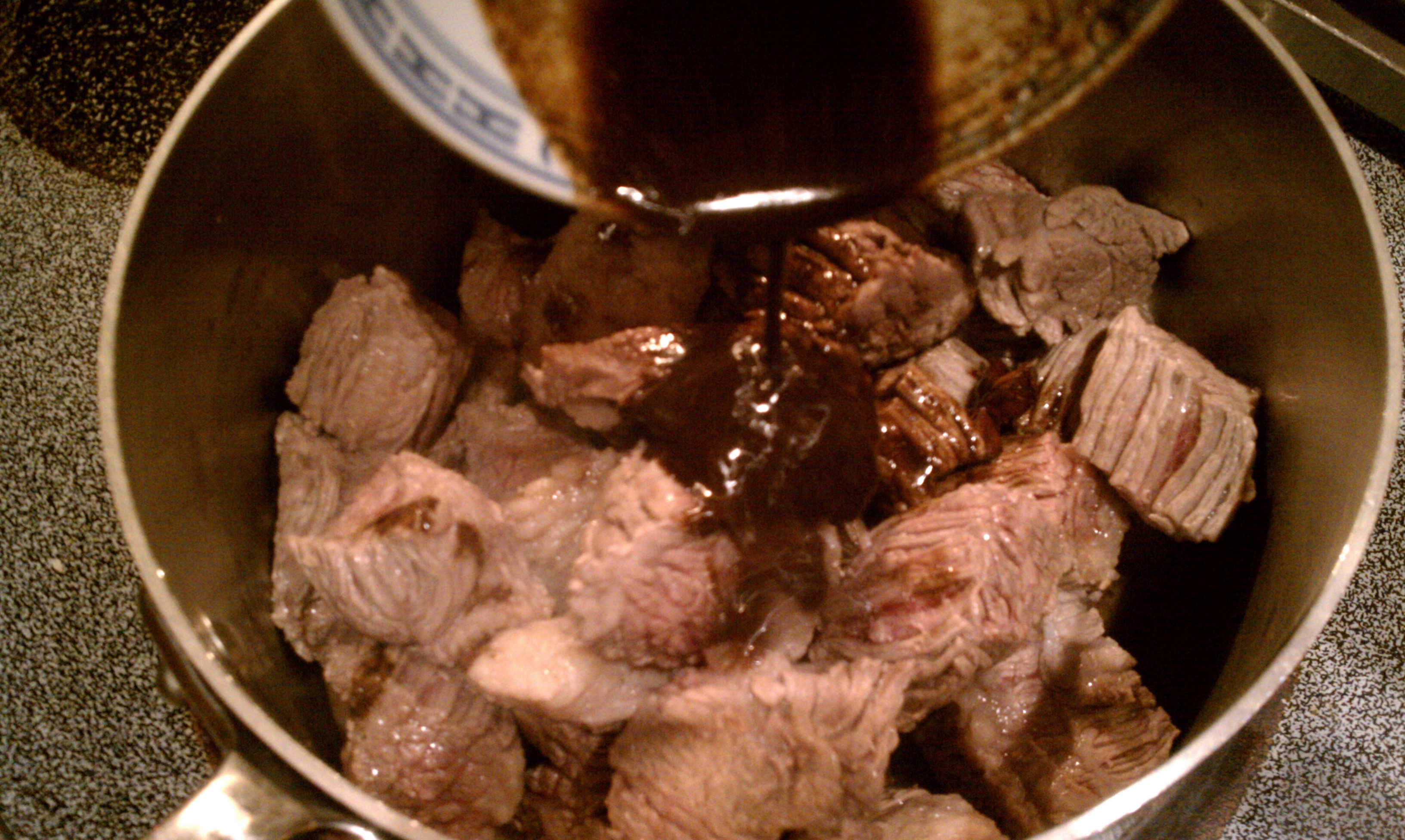
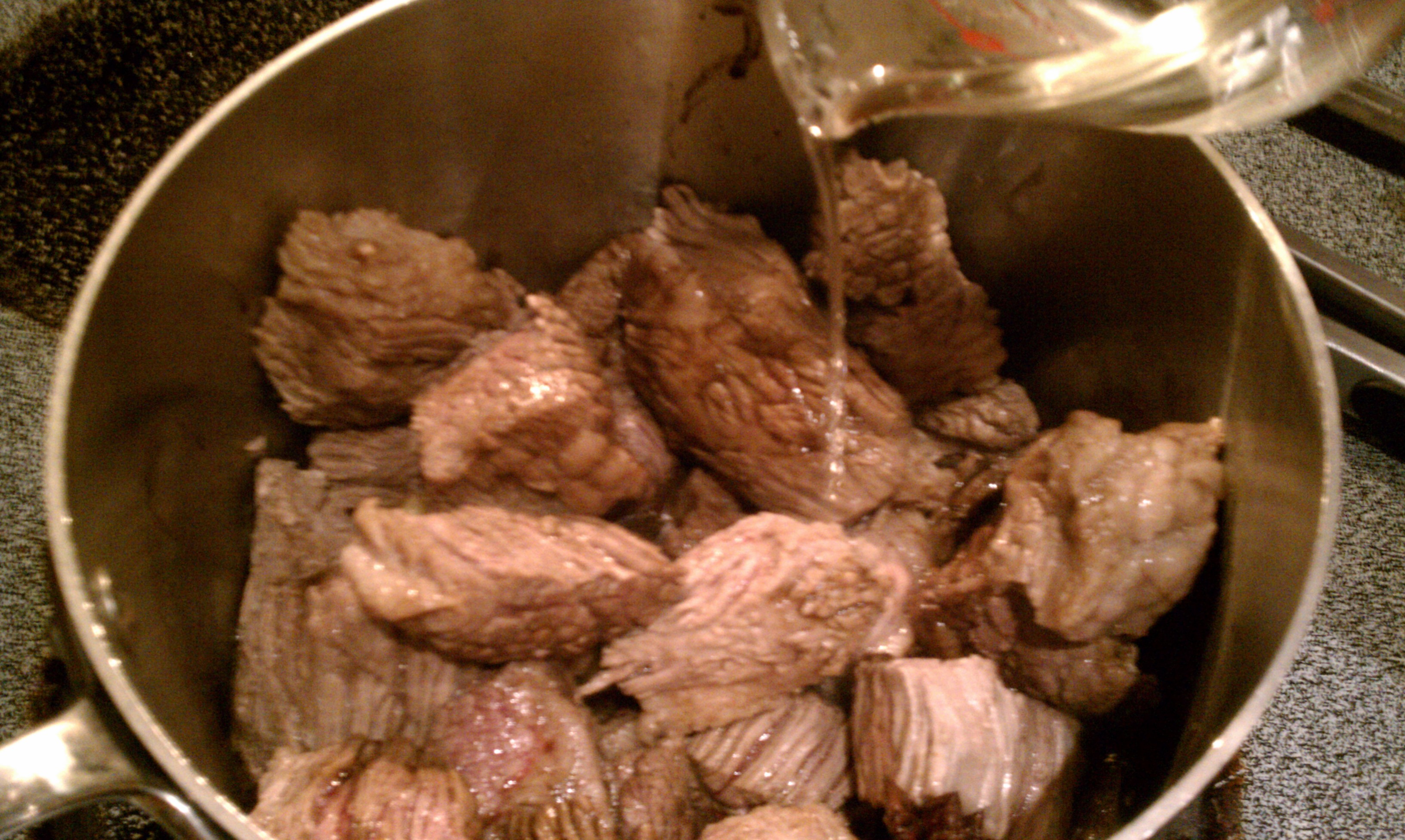
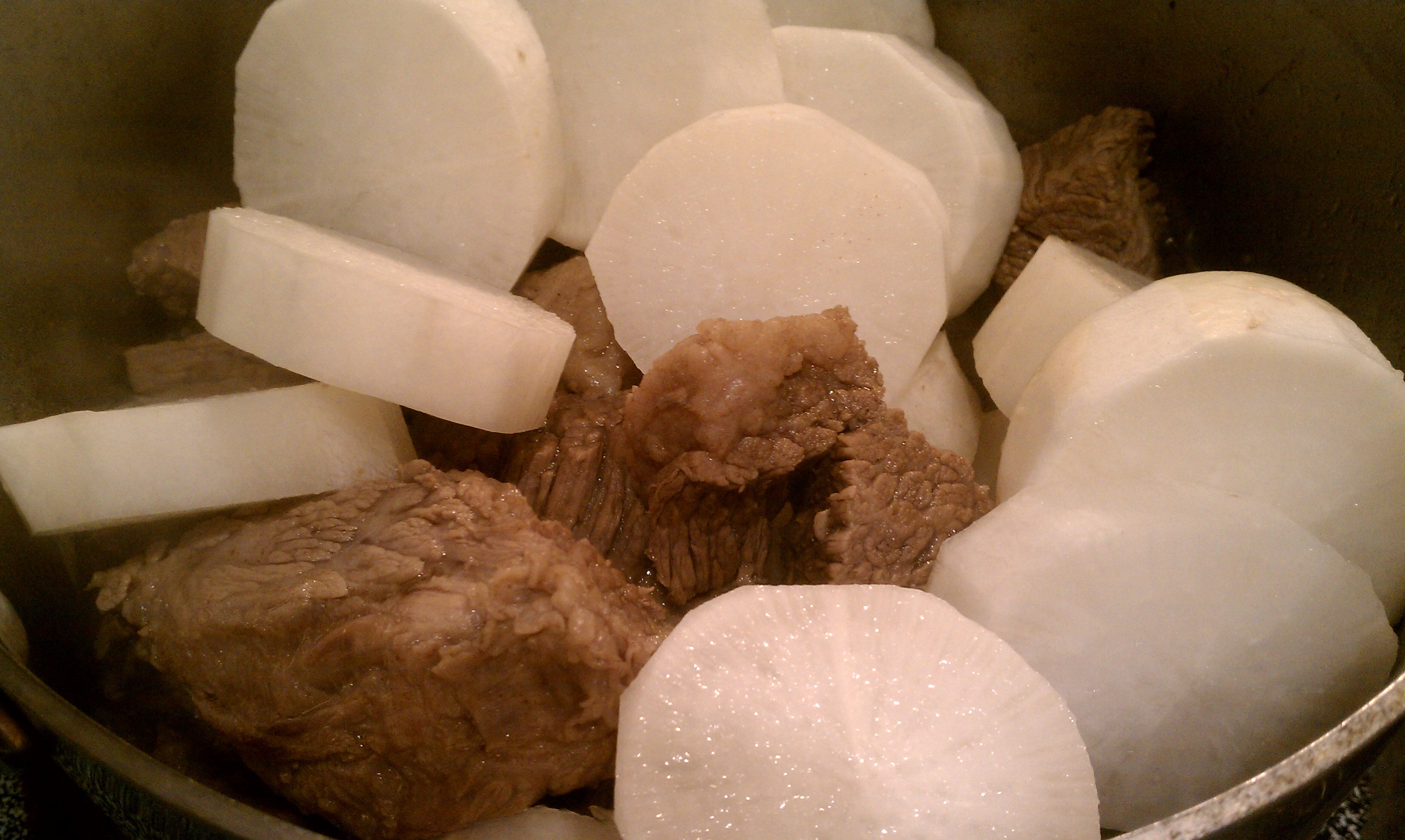
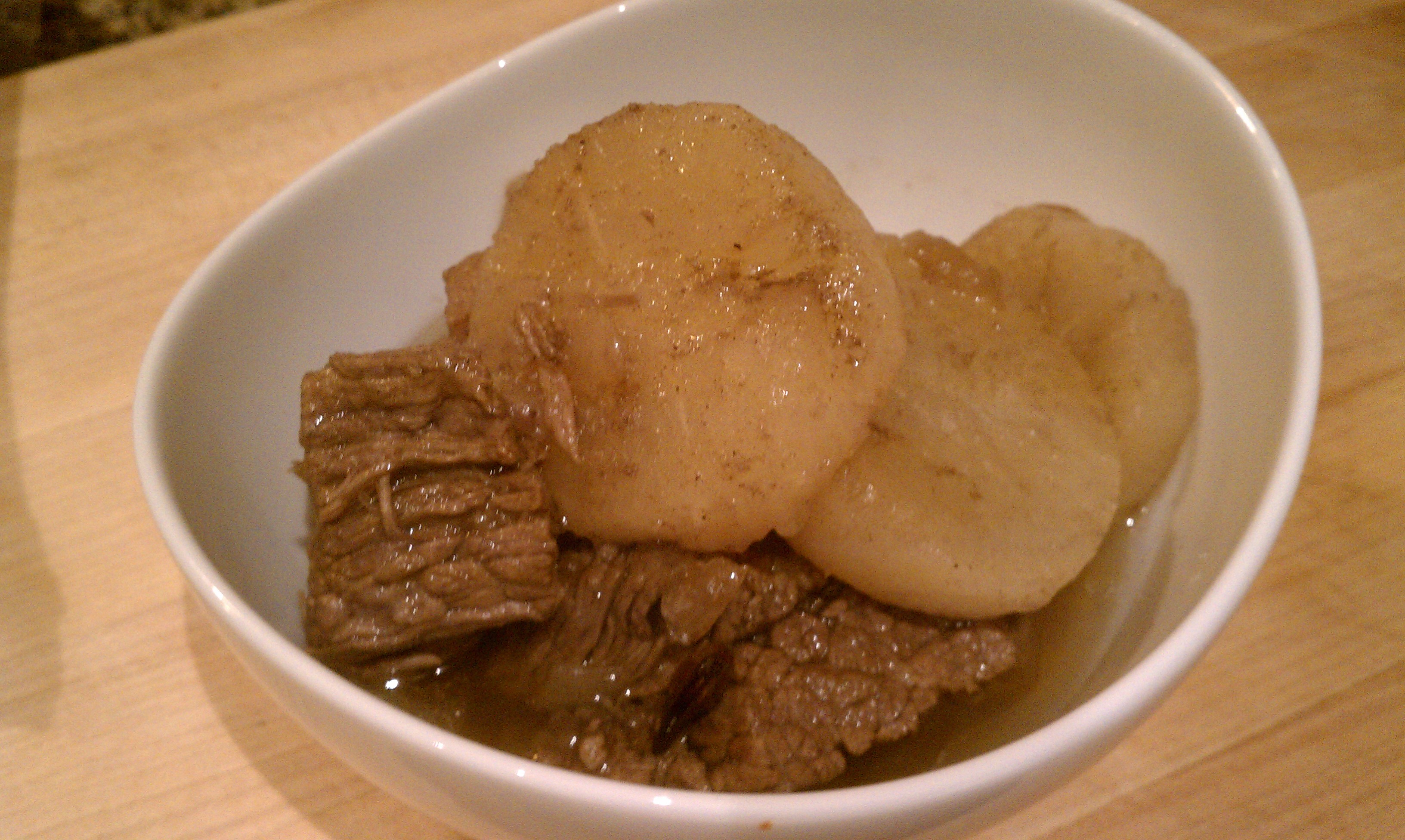
That looks delicious! I make a similar “stew” but it has canned tomatoes too. Beef shanks work wonderfully well in it but you have to cook it for longer than two hours.
Thanks! And thanks for the tip about the beef shank.
Pingback: Chinese Braised Beef and Tendons | Gow's Takeout
im making this tonight, the cut you’re looking for is called the flat rib here in the uk, its the piece meat between the flank and the forerib. it has that nice fatty layers, kind of like belly pork but of beef obviously.
thanks for letting know! and thanks for checking out my site.
I’m making this with a tablespoon of chili bean paste and tendon. It’s in the slow cooker now but I think this would be good with ox tail too.
sounds good! let me know how it goes!